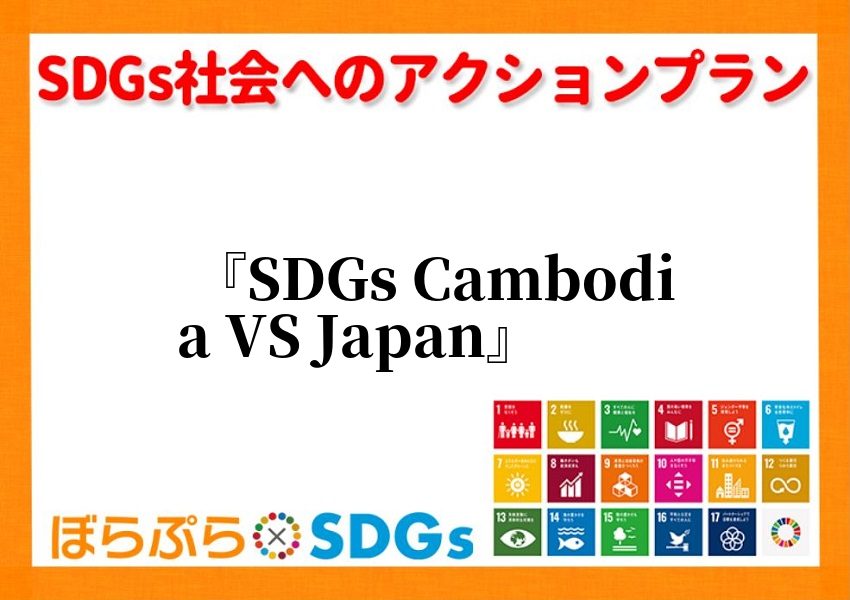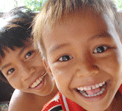[ぼらぷらアクションプラン]

プレゼン動画
プレゼン資料
※動画内のスライドが見にくい方は、こちらをご確認ください
アクションプラン
『SDGs Cambodia VS Japan』
Today I’m going to talk about the SDGs difference between Japan and Cambodia.
First, I’m going to talk about SDGs No.7” Affordable Clean Energy”.
In Japan , we rely on fossil fuels as our energy source too much and we use too little renewable energy. In fact, only 22 percent of energy sources are renewable energy. Out of all the renewable energy sources, we utilize wind energy the most. However, we are not anywhere near being sustainable.
In Cambodia , with a GDP growth rate of 7.1% in 2019, Cambodia has developed in many sectors. One of the most critical challenges Cambodia faced is the need to meet the increasing demand for energy to fuel its growth. As the country’s economy continues to expend, the demand for electricity is expected to rise, making it imperative for Cambodia to explore alternative energy sources to ensure a sustainable future.
Currently, Cambodia relies heavily on hydropower and fossil fuels. It is said that hydropower accounts for approximately 48% of the country’s total energy production, while coal-fired power plans contribute about 74%. However, the over-reliance on hydropower has led to significant challenges, especially during the dry season when water levels in rivers and reservoirs are low. This has resulted in frequent power outages and load shedding, adversely
Affecting businesses and households.
Next I will talk about SDGs No.14” Life below Water”.
Japan conserve and sustainably use the oceans, the most important issue is to prevent and
Significantly reduce all types of marine pollution. Currently, the coral reefs in our oceans support the lives of 90,000 species of sea creatures and provide us with rich fishing grounds,
But one-third of the world’s coral reefs are already on the verge of extinction.
In Cambodia, due to recent significant economy growth, there are a lot of threats to “life
Below water.”
Limited data exists to quantify and characterize marine litter in Cambodia. A review of marine plastics research in South-East Asia complied in 2019 found that on formal, peer reviewed research had been conducted on marine plastic pollution in Cambodia. The review found no available information on hotspots, source differentiation, ecological and environmental impacts or discarded fishing gear.
What I can do for them is to help as a volunteer.
I can make flyers to post it on SNS, so more people are encouraged to waste energy.
I can also donate money and encourage others to donate money as well.
Sending necessary items such as daily life stationary such as pens and notebook are helpful so that the children in Cambodia can use them ta school.





 LINE相談
LINE相談